Stressed fish and shrimp are bad for the seafood business but technology can help improve animal welfare
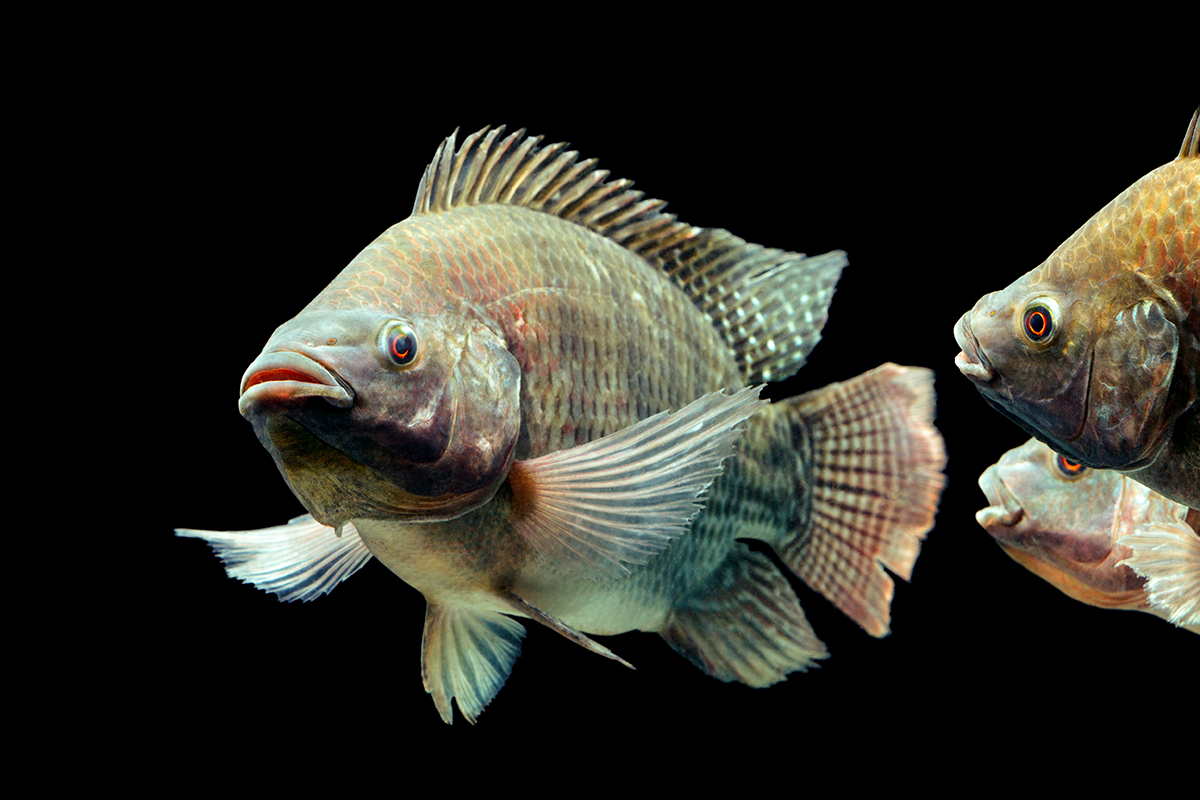
A growing movement to improve fish welfare practices across the supply chain has both ethical and commercial drivers. For starters, more evidence is emerging that fish can experience pain and suffering, which presents animal welfare issues.
But research also shows that the provoked fish stress response could be a major cause of altered post-mortem metabolism and impaired meat quality. Basically, stressed fish are bad for the aquaculture business.
From farming and transportation practices to pre-slaughter manipulations to stunning technology, more aquaculture operators see value in creating reduced-stress environments.
“It’s just the right thing to do,” Murilo Quintiliano, director of FAI Farms (FAI) in Oxford, United Kingdom, told the Advocate. “As we produce these animals for food, it’s our responsibility to do so in the most respectful way we can. Fish farmed in environments with reduced stress results in better all-around conditions for farmers and their animals, decreased mortality, which means better yields for farmers, and more flavorful fish for the consumer.”
The topic of fish stress is gathering attention. For example, The Roslin Institute at the University of Edinburgh is investing €6 million into fish welfare research. It is deploying a team of researchers to investigate ways to recognize signs of stress, and to see whether DNA can provide insights about the heritability of stress responses. As more studies confirm the correlation between good aquaculture welfare practices and greater production efficiency, researchers are coming up with new ways to help fish farmers determine how to tell if fish are stressed as well as how to raise aquaculture in low-stress environments.
Effect of pre-slaughter stress on quality of tilapia fillets
Tilapia welfare: There’s an app for that
When Quintiliano of FAI began visiting Brazilian tilapia farmers in 2018, he learned that animal survival rates of 50 to 60 percent were considered normal.
“Farmers weren’t questioning the practices that resulted in these high mortality rates because tilapia can reproduce really fast. But today farmers are starting to realize this is not sustainable – you cannot be economically viable with such high mortality rates and it’s not good for the workforce or the natural resources.”
Together with Oisten Thorsen, FAI’s CEO, he developed a Tilapia Welfare App that uses scientifically validated welfare indicators to allow farmers to evaluate their tilapia welfare practices. The app, which launches in February 2023, is available to farmers free of charge. It invites farmers to evaluate the fish’s environment, including water temperature, pH and presence of predators, as well as fish behavior, health and nutrition. Farmers submit their calculation and get score-based feedback that identifies improvement opportunities and provides insight with online training in multiple languages.
“Good welfare practices have to come with a win-win situation for farmers, and what’s in it for them is a better yield, better quality fish, less environmental impact and lower mortality,” he said. “Through this app, we are showing them that you can reduce your costs and improve your profits if you farm tilapia in a way that combines what’s best for the animals, the environment and the economy, to get the best of the resources for what you’re producing.”
“We believe this is a useful way to engage people in an industry where welfare hasn’t been on top of the agenda, because everyone acknowledges that stress is not a good thing.”
The app will be available in English, Portuguese, Spanish, Thai and Chinese, and by July 2023, FAI’s Carp Welfare App and Shrimp Welfare App will also be available – for free – to fish farmers. Quintiliano hopes that this framework receives recognition as a standardized way for farmers to check what good conditions look like for their fish, regardless of where in the world they are located.
“We are focusing on individuals who are trying to do their best but don’t necessarily have the knowledge or the right tools to know what good welfare looks like,” he said. “This is a radically different way of approaching improvements in aquaculture, by trying to motivate farmers to want to do better and for them to see the benefits and opportunities that come from raising fish in low-stress environments.”
Thorsen says the company does not foresee pay-based usage for farmers using the app. “We don’t think burdening the farmer with additional costs is a sustainable model, and we hope that continued application of our methodology to other species will be funded by philanthropy, individual companies, investors or industry bodies,” he said. There’s also the possibility of commercial deployment with a tailored version of the app within specific company supply chains.
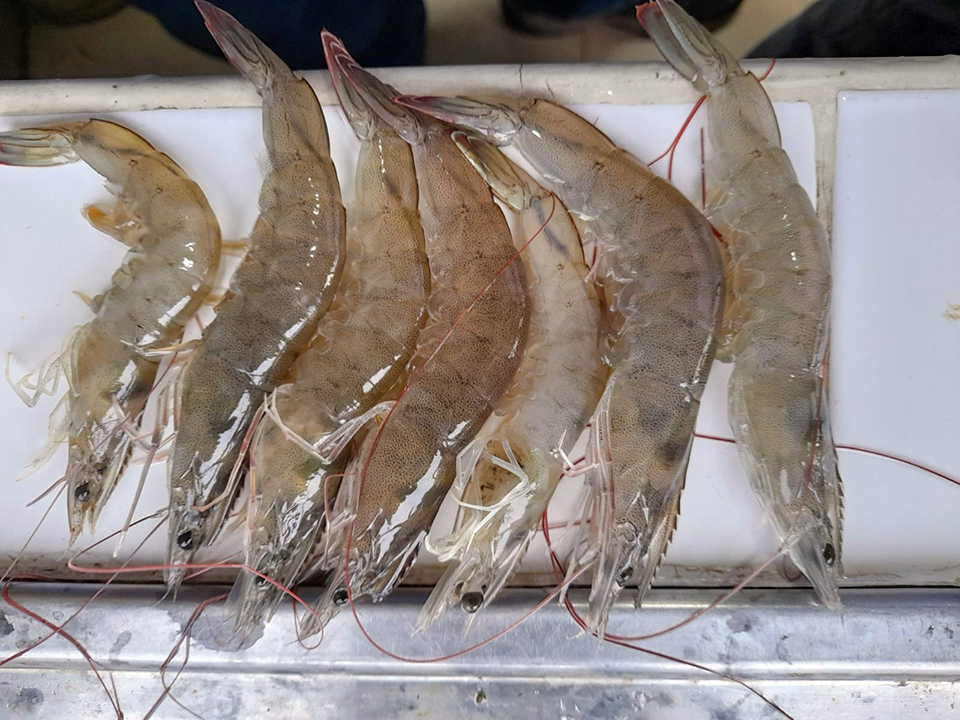
The heat is on – for better shrimp welfare practices
Pressure to improve aquaculture welfare practices is being driven in part by retailers, says Anton Immink, CEO of ThinkAqua in Stirling, Scotland. His nonprofit recently signed a memorandum of understanding (MoU) with the Shrimp Welfare Project to introduce efforts to improve shrimp welfare in East Java, Indonesia.
“For a number of years, we’ve seen a focus on salmon welfare, particularly among European consumers,” he noted. “Retailers like Marks & Spencer and Tesco have made commitments to high welfare standards for this species in their sourcing. But now they’re wanting to add those standards to all their sourcing.”
Immink said the “humanitarian factor of wanting to do the right thing” is one motivator, but there’s also growing awareness that good welfare practices maximize productivity and benefit the shrimp industry.
“If farmers address disease management and water quality they should have better crops,” said Immink. “And at harvest time, if you’re humanely slaughtering, the evidence points strongly at getting a better-quality product too. For shrimp farmers, shrimp raised in reduced-stress environments should have a more consistent production rather than the boom-and-bust cycle for which shrimp is famous.”
Tilapia producer: Stunning technology a major fish welfare advancement
Through the MoU, the two organizations are collaborating in the wider Shrimp Improvement Project (SIP), led by Konservasi Indonesia and Conservation International, which has recently received grant funding from the Walmart Foundation. The SIP project is working with local government agencies, the Shrimp Club of Indonesia and independent small farmers in Banyuwangi. The goal is to engage farmers in improved practices that will increase shrimp welfare, improve their farms’ sustainability and their ability to attract investment.
One of the goals is for shrimp farmers to utilize a wastewater treatment pond instead of releasing wastewater into the environment. Water quality inside the ponds will be tested to ensure good shrimp welfare, and there will be testing outside the ponds, in the public environment, to determine impacts. Another goal is the delivery of a local diagnostics service that will allow farmers to process a sample of their shrimp and find out within a day if they have a disease problem. Currently, diagnostic results can take up to seven days.
ThinkAqua and SWP hope to introduce shrimp processors to the scientific benefits of abstaining from eyestalk ablation and to engage them with technology concerning humane slaughter and its correlation with improved flesh quality.
“For consumers this is a feel-good proposition that also delivers a better product,” Immink said. “For farmers, good welfare practices equate to good farm management practices. Still, farmers are under pressure to maximize the production of their harvest, so it’s challenging to convince them to spend time and effort doing the right thing to get a better production cycle. Our hope is that the results from Banyuwangi will incentivize other smallholder farmers, industry and governments to pursue changes that will create more disease-resistant farms that have more consistent productivity and are more attractive to investors.”
Follow the Advocate on Twitter @GSA_Advocate
Now that you've reached the end of the article ...
… please consider supporting GSA’s mission to advance responsible seafood practices through education, advocacy and third-party assurances. The Advocate aims to document the evolution of responsible seafood practices and share the expansive knowledge of our vast network of contributors.
By becoming a Global Seafood Alliance member, you’re ensuring that all of the pre-competitive work we do through member benefits, resources and events can continue. Individual membership costs just $50 a year.
Not a GSA member? Join us.
Author
-
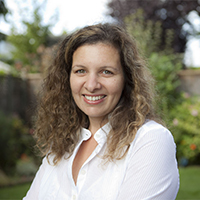
Lauren Kramer
Vancouver-based correspondent Lauren Kramer has written about the seafood industry for the past 15 years.
Tagged With
Related Posts
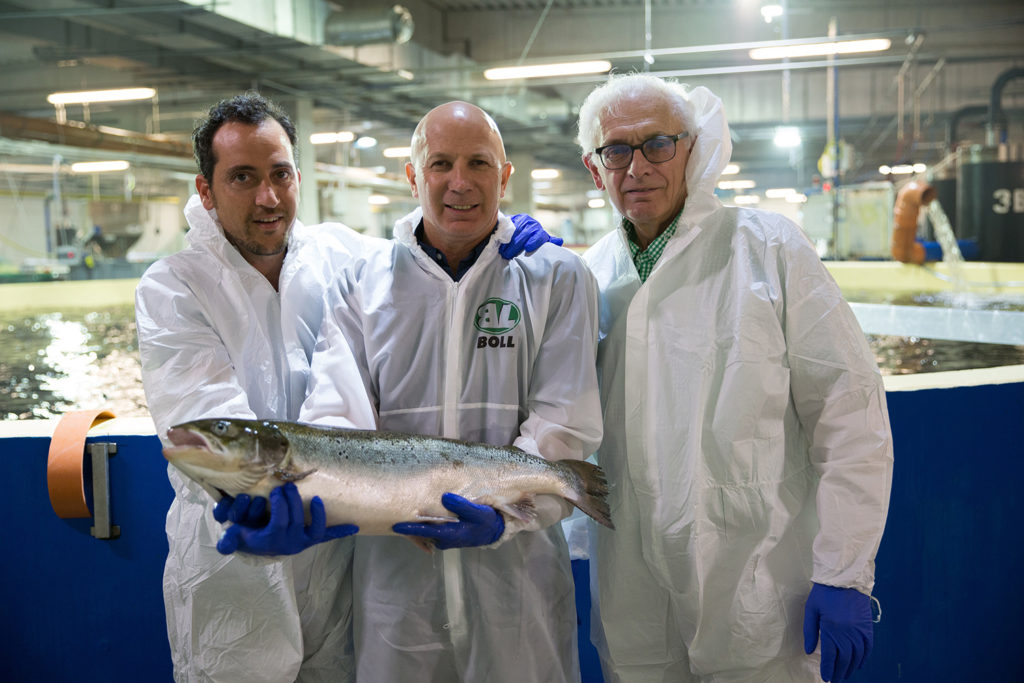
Innovation & Investment
AquaMaof cultivating a ‘new generation’ of fish farmers
Israel-based AquaMaof has seen its RAS technology rolled out to 10 facilities around the world, with more still in the pipeline.
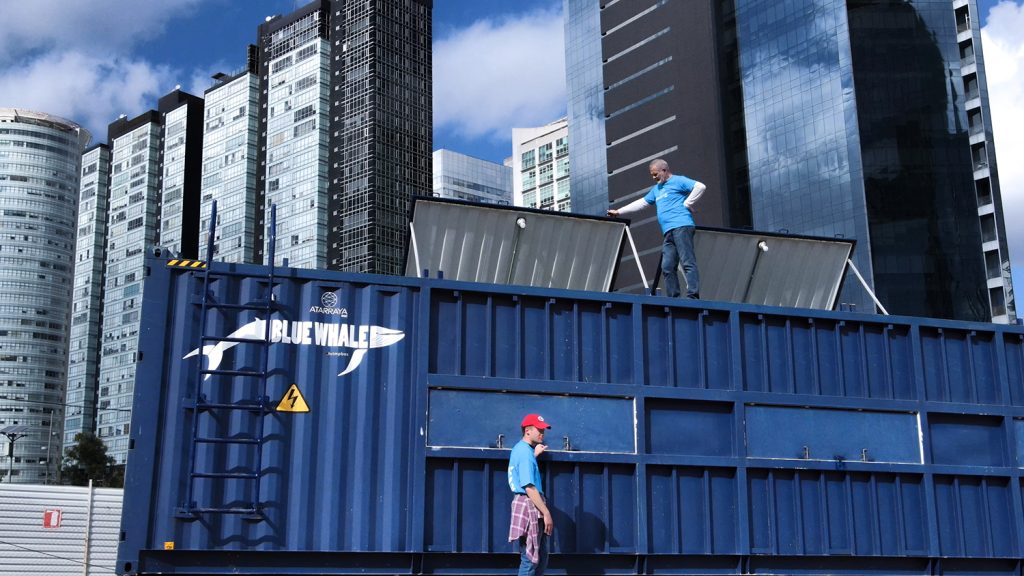
Innovation & Investment
‘Plug-and-play’ shrimp farm inventor out to prove that Shrimpbox is more than just a neat idea
Is Atarraya’s AI-enabled, biofloc-based Shrimpbox, one of TIME Magazine’s top inventions of 2022, a game-changer for urban shrimp aquaculture?
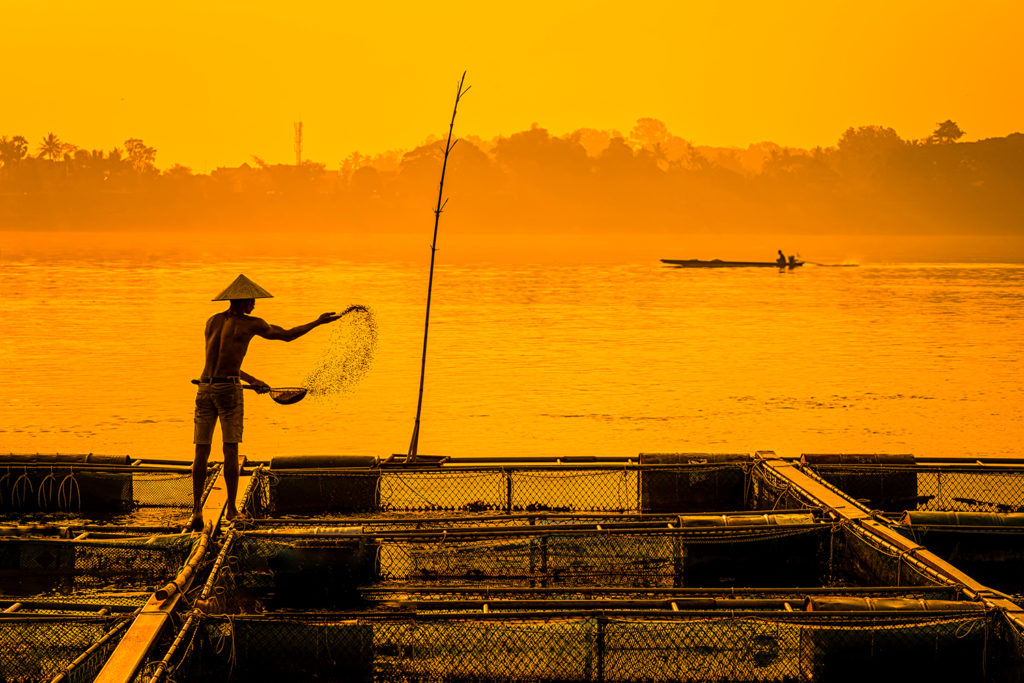
Health & Welfare
Israeli firms developing oral medicines for shrimp and finfish aquaculture
Israeli companies ViAqua Therapeutics and TransAlgae say their orally administered medicines for shrimp and fish aquaculture are in the pipeline.
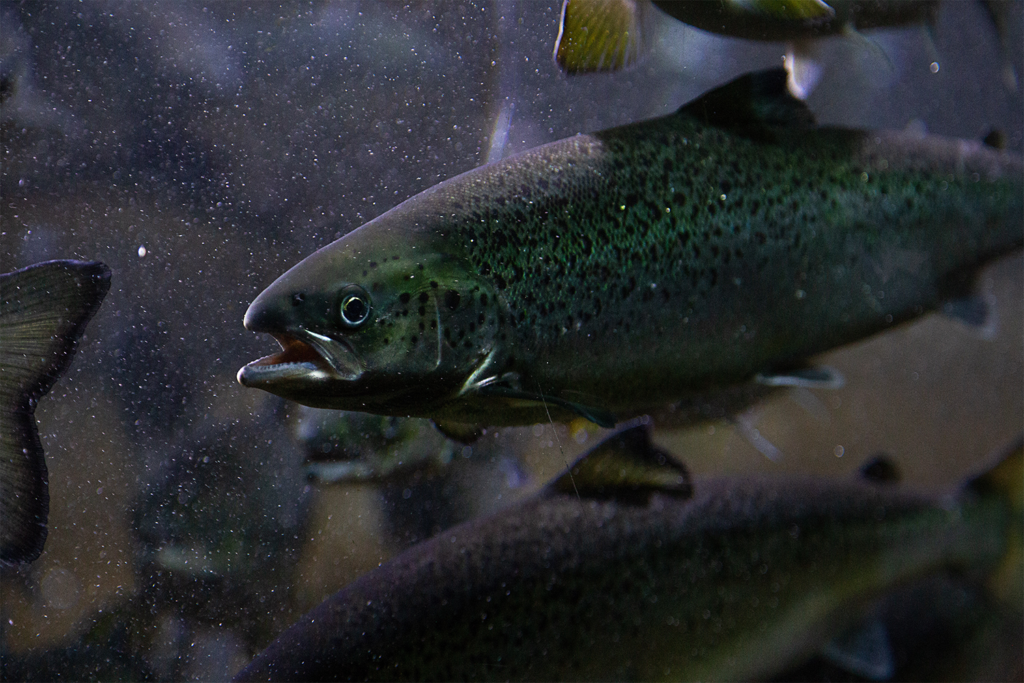
Innovation & Investment
A salmon farm in Dubai, because of course
Last year Dubai-based Fish Farm LLC sold the first batch of salmon to be born and bred in the United Arab Emirates. More are certainly coming.


